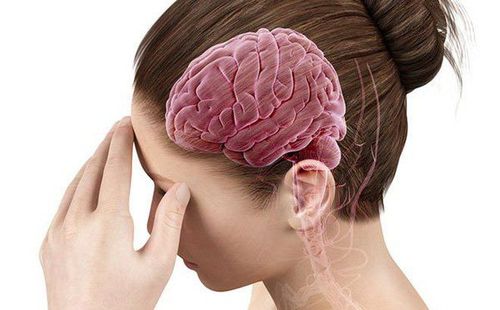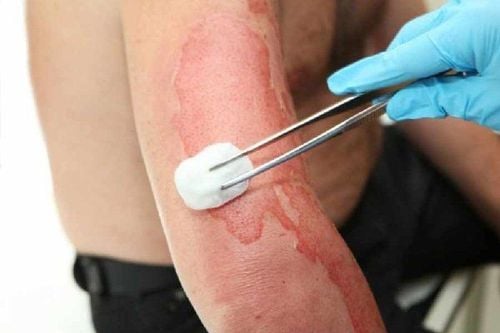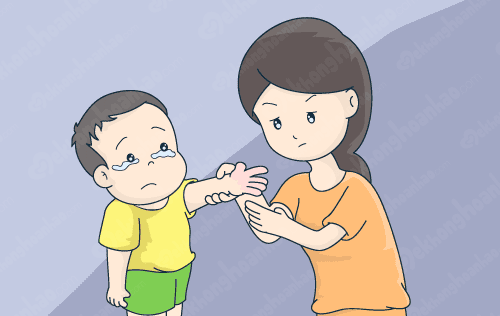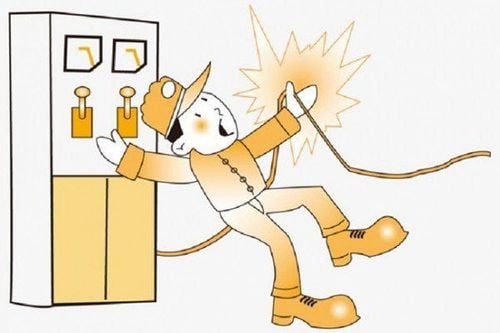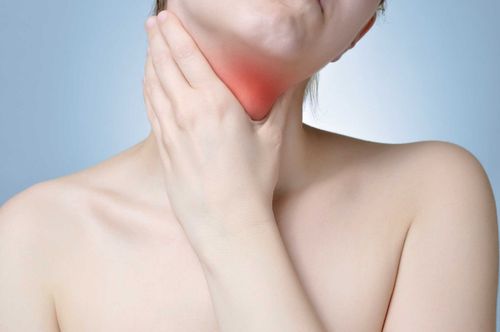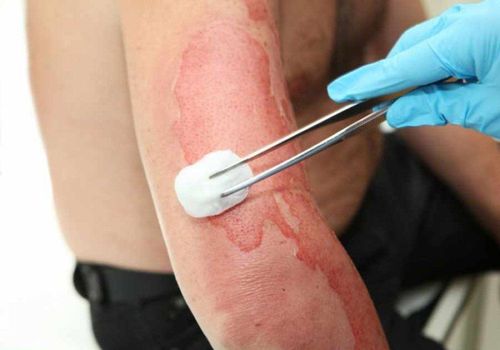This is an automatically translated article.
Burns are accidents that can cause serious injuries such as acute kidney failure, infection, respiratory failure, aesthetic effects, and even death. Therefore, treatment and rehabilitation for burn patients is very important in helping them to be more confident and live healthier.
1. Burn overview
Burn is an accident, there is burn damage to the skin or internal organs. Causes of burns can be chemical burns, thermal burns (cold or hot burns), or electrical burns.
When burned, the patient may experience serious complications such as:
Burn shock: Due to dehydration, pain, panic, microcirculation disorder; Acute renal failure, burn toxicity, infection, gastrointestinal bleeding or disseminated intravascular coagulation; Respiratory failure : Due to burns to the respiratory tract, burns to the face and neck; Mortality: Patients with severe or very severe burns have a mortality rate of 3 - 10%. After treatment, burn patients may experience sequelae such as long-lasting burns, muscle atrophy, joint stiffness, prolonged infection, body weakness, etc., which seriously affect bodily functions. aesthetic and psychological aspects of the patient.
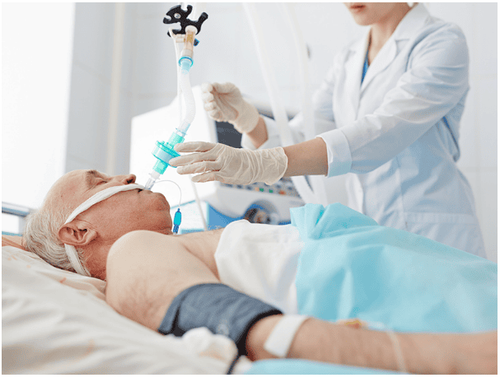
Người bị bỏng có thể dẫn đến tình trạng suy hô hấp
2. Treatment and rehabilitation for burn patients
The principle of treatment and rehabilitation is to start immediately after the patient has been burned. The purpose of this is to help patients heal quickly, prevent sequelae of skin or muscle contractions, sticky scars, prevent respiratory complications, help skin grafts heal quickly, treat secondary injuries. providing, rehabilitation for daily life and psychotherapy for patients.
2.1 Treatment of burn patients
Local treatment
Using drugs to treat local burns include:
Antibacterial (or inhibiting bacteria); Film-forming astringent; Anti-necrotic drugs; The drug stimulates the processes of regeneration and epithelialization; Biomaterials provide temporary cover for burns. Systemic treatment
Treatment of burn shock; Other methods: Pain relievers, antibiotics, cardiovascular drugs, respiratory support, vitamins, appropriate nutrition,...
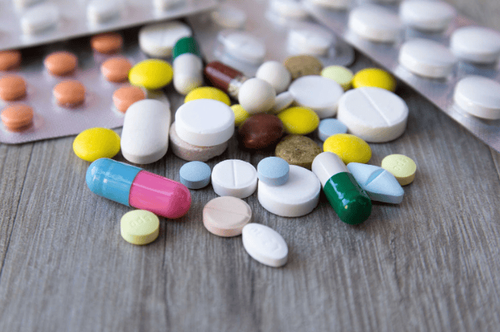
Thuốc kháng sinh được sử dụng trong điều trị toàn thân ở người bị bỏng
Surgery
Surgical methods are performed for the purpose of early necrotectomy, skin grafting, amputation,... These techniques are applied to patients with severe burns, deep burns or need treatment of burn sequelae. Surgical methods in burn treatment include:
Burn necrosis management: Incision of burn necrosis, excision of burn necrosis, drilling and perforating necrotic bones, joint removal, amputation, and inflammatory cartilage removal... ; Skin grafting, burn defect cover: Autologous skin graft, allogeneic, heterogeneous skin graft, skin flap transfer, biofilm,...; Treatment of surgical complications: Surgical drainage of abscesses, vascular ligation, tracheostomy, purulent arthritis, gastrointestinal perforation stitches; Surgical treatment of burn sequelae.
2.2 Rehabilitation for burn patients
Burn care
Need to remove dirt, pus, foreign body, necrotic tissue, ... and clean the burn. This plays an important role in fast wound healing, scar reduction, infection reduction,... and the best preparation for skin grafting.
Prevention of respiratory complications
Severe burn patients need to stay in bed and need to be treated, to prevent respiratory complications as follows:
In the first 24 - 48 hours: Need to keep a good posture in bed, breathe deeply and cough . If the patient has a lot of sputum, pat the chest, but pay attention to avoid the burn site; After 48 hours: Encourage the patient to sit up, practice breathing, practice coughing, gentle exercise, and walk as soon as possible. Prevention of risk of joint deformation and contracture
Burn patients are often very painful and uncomfortable, so they often lie down and sit in comfortable positions to reduce tension in the burned tissues. This prolonged will cause contraction, deformation of muscles and joints. Therefore, in the acute phase of treatment for burn patients, the care and prevention of muscle and joint contracture play a very important role.
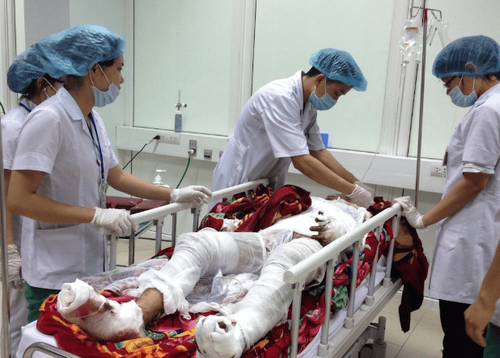
Bệnh nhân bỏng cần được làm sạch vết bỏng, tránh nhiễm trùng
When performing, it is necessary to change the position, keep the patient's correct posture, for the patient to move gently. In addition, additional orthopedic devices can be used to prevent shrinkage. Care depends on the location of the burn. Specifically:
Facial burns: If deep burns around the mouth will easily cause the corners of the mouth to shrink, the patient should be instructed to practice facial muscle exercises such as forehead wrinkles, frowning, closing - opening eyes, smiling,... ; Armpit Burn: Keep patient's shoulder 90° out in the supine position, use a trough to support or suspend the arm; Neck burn: For the patient to keep the neck in an extended position to avoid neck flexion deformity, lower lip drooping sequelae, and limit the range of motion of the lower jaw; Wrist and hand burns: The patient's hand should be elevated to reduce swelling. It is necessary to bend the joints of the fingers, wrists, ... with the right angle to avoid shrinkage. At the same time, the patient should move the hand several times a day, gently stretching; Burns ankles and feet: Position the patient's feet at 90° to prevent contractures of the asin tendon, and at the same time increase mobility of the toes; Burns of elbows and knees: The joint should be stretched to avoid the formation of contracture scars in the flexed position. The patient may also wear a splint; Burns of the trunk: It is necessary to prevent hunchback deformity in patients with chest and abdominal burns; preventing sequelae of hunchback in patients with lumbar burns; prevent curvature of the spine in patients with burns on one side of the back, chest,...; Other positions: Patients with burns to the hip joint should maintain a stretched position, at 45°; lower extremity burn patients need to use a sterile elastic bandage to cover the entire lower limb when moving,... Other rehabilitation methods
Rehabilitation of burn patients after skin grafting: During the patient's time If you are immobile, you should practice static muscle contractions in the immobile area, and actively practice the parts that are not required to be motionless. After changing the dressing, if the skin graft adheres well and is alive, the graft can be soaked in clean water mixed with 0.9% salt, for the patient to exercise gently. After the immobilization phase, gently massage the grafted skin to soften the skin, prevent adhesion and pay attention not to peel off the graft. In case of full skin grafts, use ultrasound to prevent the formation of fibers under the skin; Psychotherapy: The doctor needs to be skillful when interacting with the patient, explaining the purpose of the exercise so that the patient and family understand the importance of the exercise, thereby working closely as indicated. doctor; Treatment of secondary injuries: Patients with severe burns may experience contractures, joint deformities, skin lesions, sticky scars, etc., so they need to continue rehabilitation treatment (electric pulse, warm heat, massage). squeeze, stretching exercises, movement, ...). For people with limited joint mobility too much due to burn scars, it is necessary to have orthopedic surgery combined with functional rehabilitation; Rehabilitation in daily life: Patients need to practice to restore daily life functions including eating, personal hygiene, bathing, housework,... After rehabilitation treatment, the patient You can go back to your old job.
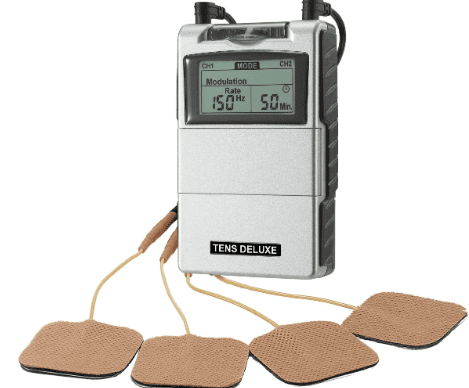
Phương pháp điện xung được chỉ định cho trường hợp bệnh nhân có các thương tật thứ cấp
2.3 Treatment of burn sequelae
Deep burn injuries, after recovering the damaged skin and parts, there are still local sequelae. There are also cases, after a period of burn treatment, new sequelae arise, which progress badly, affecting the function of the burned part, aesthetics, working ability and daily life of the patient. Therefore, it is necessary to pay attention to treatment and rehabilitation of burn sequelae for patients. Some important notes include:
Are there any sequelae of burns?
The degree of burn sequelae depends on the location and depth of the burn, the treatment method for the burn,... The common sequelae are keloid scars, hypertrophic scars and stretch marks. In addition, there are some other sequelae such as adhesions, malnourished ulcers or cancer on the scar background,...
Prevention and treatment of burn sequelae
Need to focus on treating burn sequelae to improve health, restore function, aesthetics and improve the quality of life for patients. The methods of prevention and treatment of burn sequelae include:
Mechanical measures: Pressure bandages, fixed tools, compression bandages combined with silicone gel,...; Use of drugs: Including corticosteroid injections into scars, topical antihistamines; Physical therapy: X-ray irradiation, local cryotherapy, pulsed electricity, ultrasound, CO2 laser, color laser,...; Surgery: To restore anatomical structure, restore function, increase aesthetics. Surgery plays an important role in the treatment of burn sequelae, especially in the treatment of traction scars. Usually, after about 6 months of scarring, surgery will be performed (evaluated for stable scars). Commonly applied surgical methods include skin flap transfer, skin grafting, tissue relaxation, etc. When surgery, there will be a suitable and long-term treatment plan, staged surgery, step by step, combined with medical treatment. maneuvers tailored to each patient.
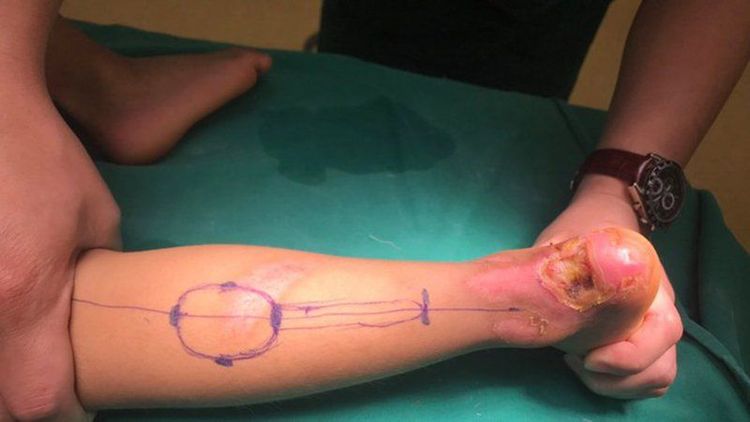
Vạt da là phương pháp giúp phục hồi và tăng tính thẩm mỹ ở bệnh nhân bỏng
Rehabilitation for burn patients is an important job, helping patients get well soon, preventing complications and sequelae from burns. Patients must strictly comply with the doctor's instructions, periodically re-examine, especially when there are abnormal symptoms such as dislocation, strong pulling scars,...
Vinmec International General Hospital is a high-quality medical facility in Vietnam with a team of highly qualified, well-trained and experienced doctors and nurses at home and abroad.
A system of modern and advanced medical equipment, possessing many of the best machines in the world, helping to detect many difficult and dangerous diseases in a short time, supporting the diagnosis and treatment of doctors the most effective. The hospital space is designed according to 5-star hotel standards, giving patients comfort, friendliness and peace of mind.
Please dial HOTLINE for more information or register for an appointment HERE. Download MyVinmec app to make appointments faster and to manage your bookings easily.




